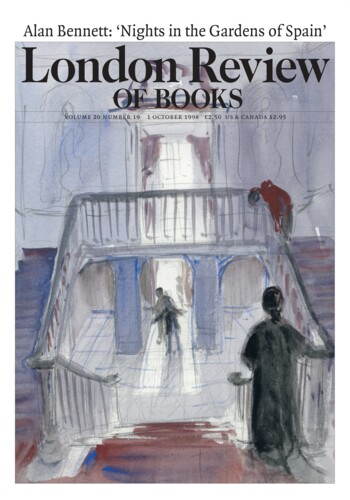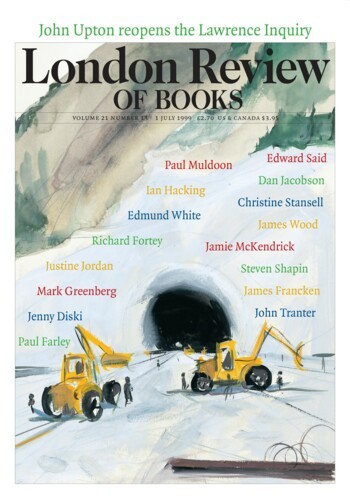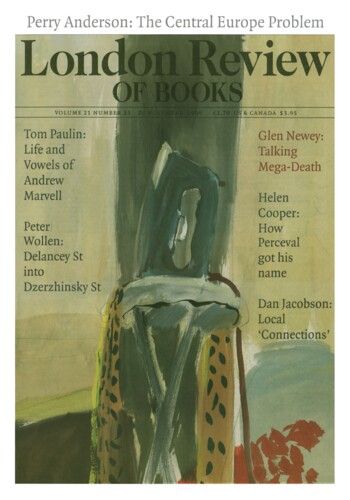Blow-Up
Richard Fortey, 2 October 1997
On 21 August 1986, Hadari, a peasant farmer in the highlands of the Cameroon, was woken by a rumbling sound. Startled, he observed vapours pour from the edge of the nearby volcanic Lake Nyos, to form a miasmic cloud which silently spilled over the edge of the lake and sought lower ground, like a heavy morning mist. By the following day seventeen hundred people lay dead in the valley villages of Subum, Cha and Nyos. The corpses of their cattle lay strewn about, surrounded by the motionless bodies of the flies that had plagued them in life. Nothing that needed to breathe survived. What Hadari had witnessed was a volcanic eruption consisting only of the heavy gas carbon dioxide, a gas that smothered the villagers as it flowed down to the low ground. Survivors described a sensation of weakness in the legs, an unendurable lassitude. They felt weighed down, exhausted unto death: a subtle eruption all the more horrible for its stealth.





